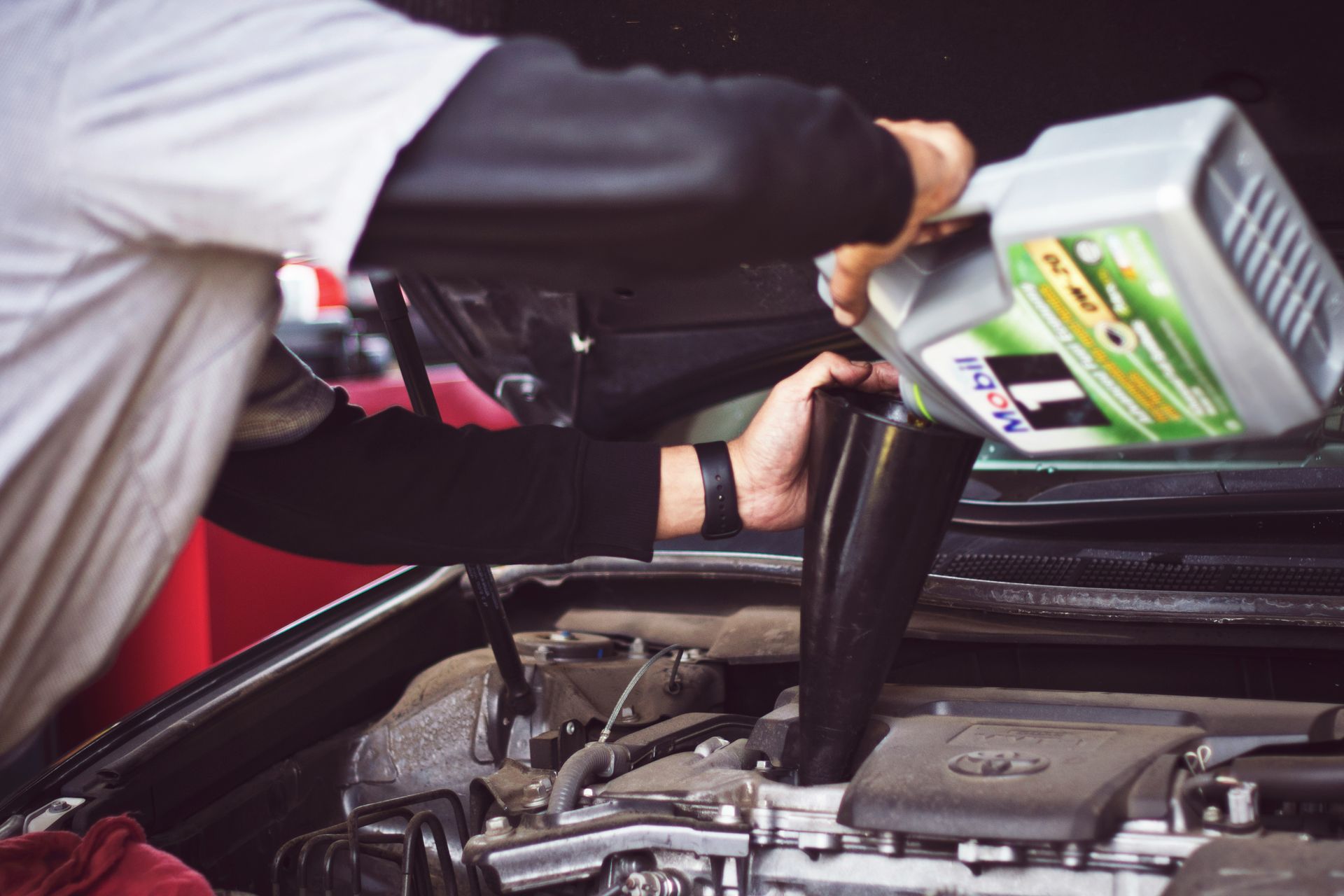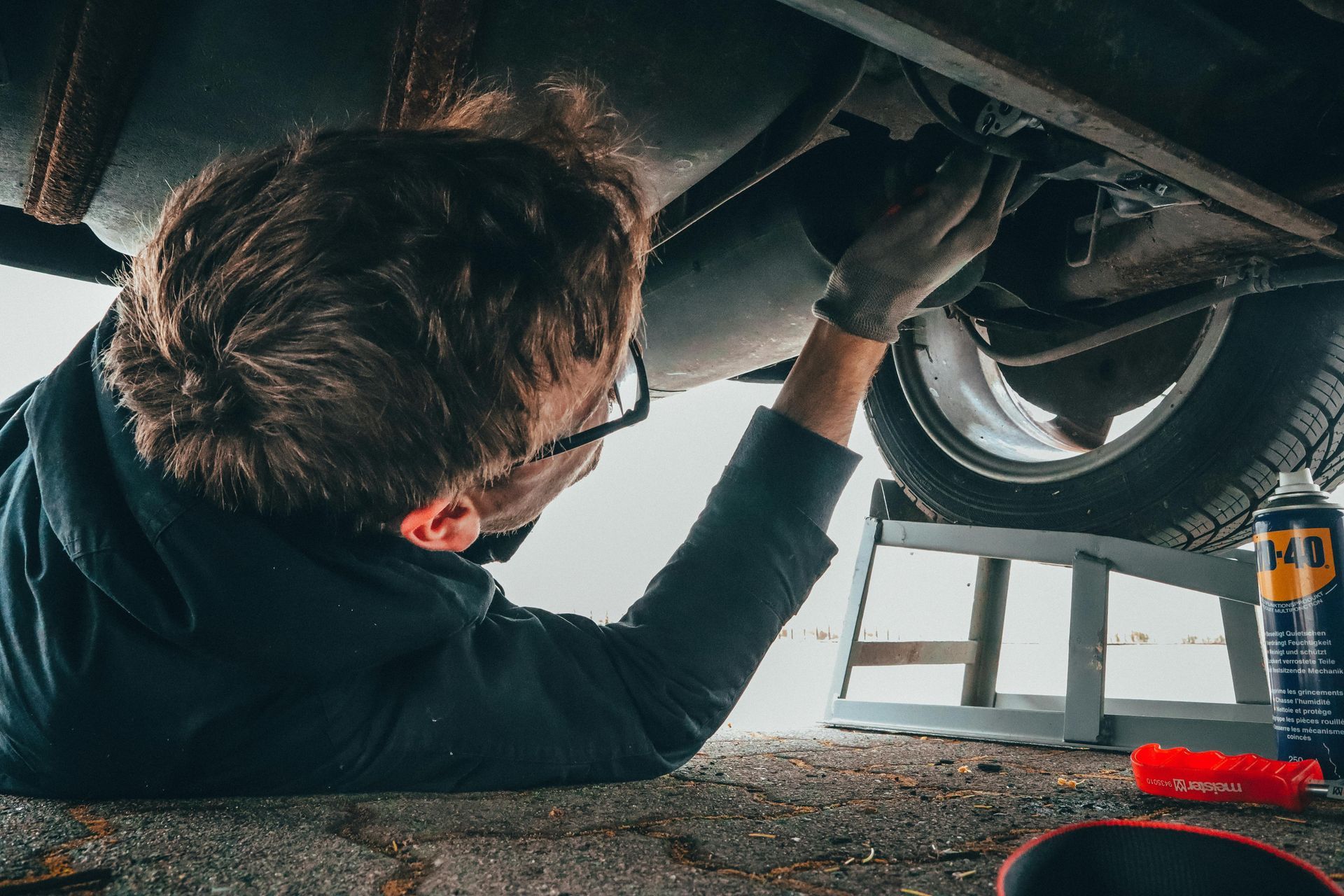Car Dashboard Warning Lights – A Guide
List of services
-
Brake Warning LightList Item 1
This light can come on whilst you’re driving, or may come on once the parking brake is released. This may indicate that the brake fluid is low or that there is a problem with the Automatic Braking System (ABS), among other factors.
Given that the brakes are one of the most important safety components on your vehicle, you should not risk driving if you see this warning signal, and should take it to a repair centre as soon as possible.
-
Engine Management LightList Item 2
This warning is often accompanied with other signs that the engine is not functioning correctly, such as power or performance issues. This could indicate a number of issues, such as faulty electrical sensors, emissions-related problems or a fault with the catalytic converter.
-
Airbag Warning LightList Item 3
This light alerts you to a potential issue with the airbag system in your vehicle. This could be an issue with the airbag itself, or the associated sensors and components. Unfortunately, an error could occur for a number of reasons, such as sensor malfunctions, wiring issues or as a result of previous deployment.
-
Tyre Pressure LightList Item 4
This illuminates to indicate an issue with the tyre pressure of one or more tyres, which can happen over time or suddenly, as a result of a puncture, for example.
You can check the tyre pressure using a pressure gauge at a local fuel station. Always top up the air in the tyres according to the information provided by your vehicle manufacturer, usually found in the owner’s manual. In more serious cases, you should take the vehicle to an accident repair centre for a more in-depth check.
-
Diesel Particulate Filter (DPF) Warning Light
In a diesel vehicle, this light will come on if there is a problem with the DPF, which removes harmful chemicals from the exhaust gases to reduce emissions. Driving with a blocked or faulty DPF could cause further damage to your vehicle.
Ultimately, some warning lights represent more of a threat than others, but it’s best to get them checked out by a skilled technician at an appropriate repair centre.












